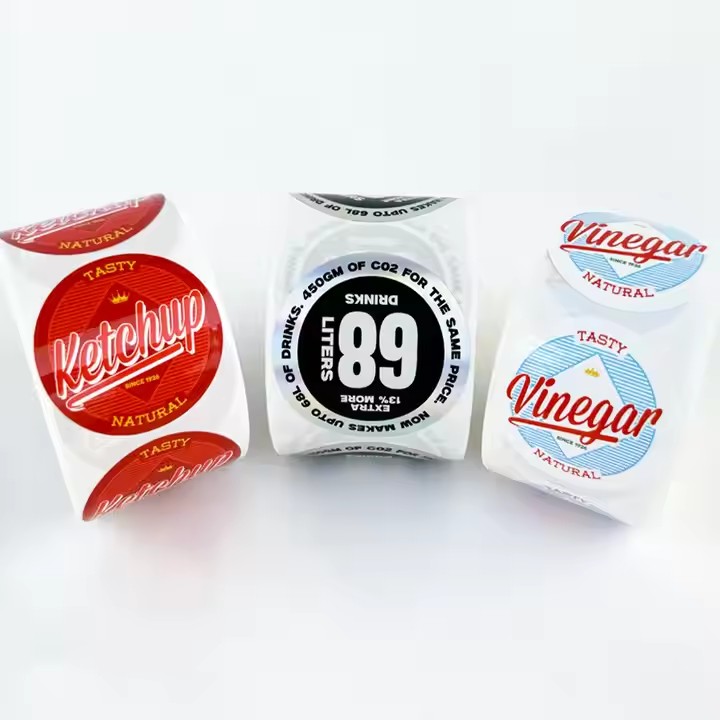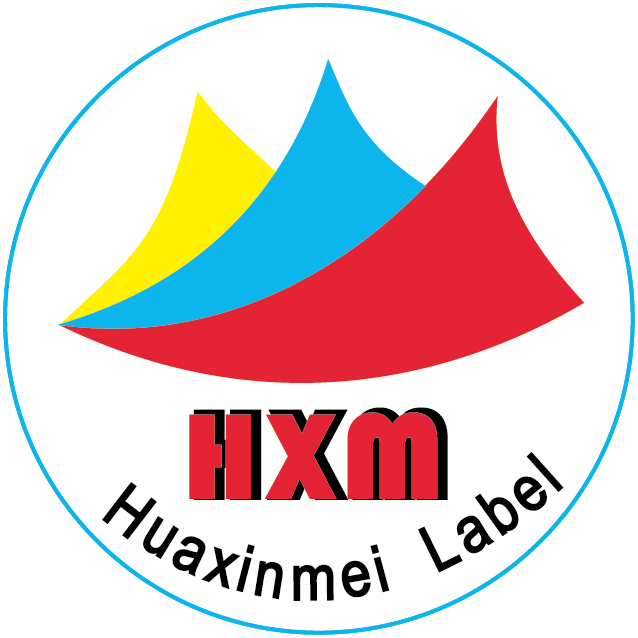Understanding the Target Market
- Market Research:
Conduct in-depth research on the cultural characteristics of the target market. Different countries and regions have different cultural taboos and preferences. For example, in some Middle Eastern countries, due to religious reasons, patterns or words related to pigs should not appear on labels; while in Japan, product labels often focus more on a simple and refined design style. For different markets, the target audiences are different. Different countries have different understandings of the products themselves and product label packaging. Therefore, it is necessary to position according to the market and audience that the products are targeted at and redesign and repackage them.
Analyze the laws and regulations of the target market. For example, European Union countries have strict regulations on food labels, requiring that the ingredients, nutritional information, allergy warnings and other contents must be clearly indicated; the U.S. Food and Drug Administration (FDA) also has similar strict requirements, including details such as the font size and position of food labels.
Understand the consumer behaviors and purchasing habits of the target market. For instance, in some fast-moving consumer goods markets, consumers may pay more attention to price and promotional information, so these contents can be highlighted on the labels; while in the high-end cosmetics market, consumers may focus more on ingredients, brand stories and usage effects, and the labels need to emphasize these aspects.

Market Segmentation:
Further segment the market according to different factors such as age, gender and consumption level. Taking clothing as an example, clothing labels for young consumers can adopt a fashionable and lively design style and may also include some elements of pop culture; while clothing labels for middle-aged consumers may place more emphasis on quality and comfort.
Designing Label Contents
Language Selection:
Ensure that the labels use the main language of the target market. If the product is targeted at multiple language regions, multiple languages may be needed. For example, in Canada, product labels usually need to use both English and French; in Singapore, one or more of English, Chinese, Malay and Tamil may be required, depending on the target audience of the product.
Pay attention to the accuracy and professionalism of the language. Avoid translation errors or the use of words that are likely to cause misunderstandings. For some technical products, such as electronic products, the translation of professional terms needs to be especially cautious to ensure that consumers can correctly understand the functions and characteristics of the products.

Information Presentation:
Highlight key information according to the needs of the target market. For example, in European and American markets, people have a stronger awareness of environmental protection and sustainable development. For some household products, information such as the product’s environmentally friendly materials and recyclability can be highlighted on the labels; in some markets that attach great importance to health, food labels can focus on health-related selling points such as low sugar, low salt and organic.
The layout of information should conform to the reading habits of the target market. For example, some cultures are accustomed to reading from left to right, while some cultures (such as Arabic culture) read from right to left. The layout of words and patterns on the labels needs to take this into account.
Label Materials and Forms
- Material Selection:
Consider the environmental factors of the target market. In humid areas, it is necessary to choose waterproof and moisture-proof label materials to ensure the integrity and readability of the labels; in high-temperature environments, the label materials should be able to withstand high temperatures and avoid fading or deformation.
Select materials in combination with the positioning of the product. For high-end products, high-quality and textured label materials can be used, such as special papers, metal labels, etc.; for price-sensitive products, common materials with lower cost but reliable quality can be chosen.

Form Design:
Design the shape and size of the labels according to the characteristics of the product and the preferences of the target market. For example, for children’s products, the labels can be designed into interesting shapes, such as cartoon characters, animals, etc., to attract children’s attention; for some high-end alcoholic products, the labels may adopt a larger size and have exquisite processes such as gilding and embossing to reflect the grade of the product.
Compliance and Certification
Ensure that the labels meet the quality standards and certification requirements of the target market. For example, the CE certification mark of the European Union needs to be displayed on the product labels that meet the relevant standards; the CCC certification mark in China is also one of the essential identifiers for products to be legally sold in the Chinese market. There are also many other specific certification marks in different industries and products. Manufacturers need to understand and correctly use these marks to meet the compliance requirements of the target market.



